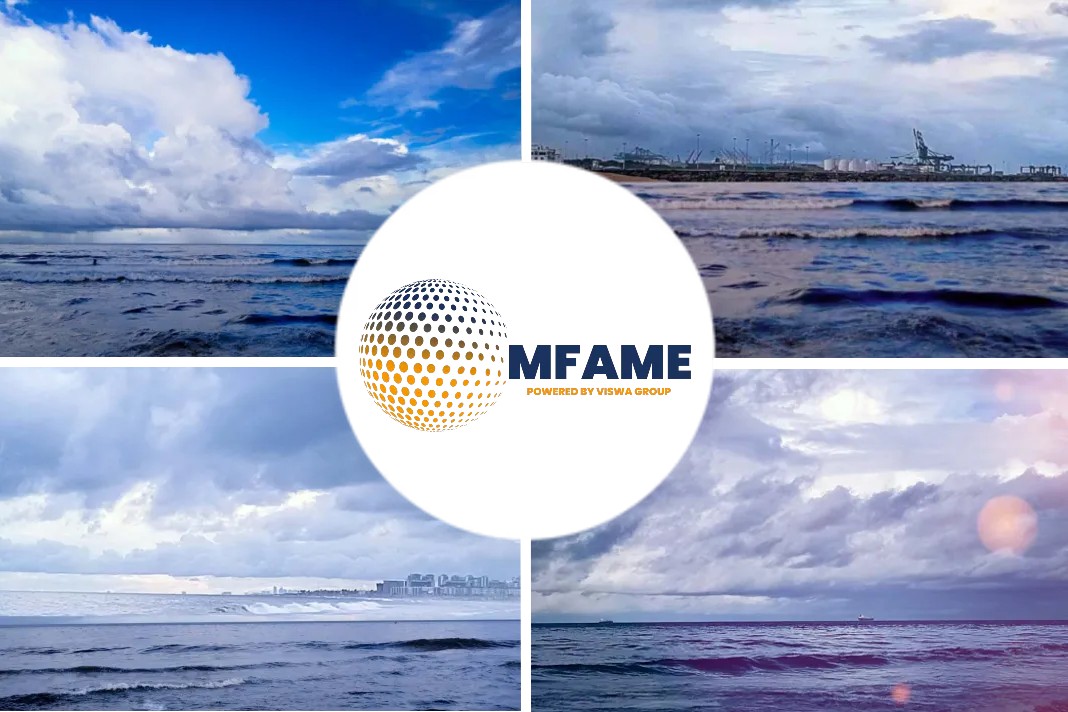Crude oil futures are expected to continue rising this week Jan. 17-21 as tightening supply and demand fundamentals keep investors bullish on oil. The front month ICE Brent and NYMEX light sweet crude futures contracts were not far from 3 and 7-year highs, respectively, which were hit in late October.
At 0230 GMT Jan. 17, ICE March Brent crude futures stood at $86.36/b, up 30 cents/b (0.35%) from the Jan. 14 settlement, says an article published in Platts.
Middle East crude
This week’s spot buying activity could surge as more tenders are expected to be issued for March-loading crude.
Eyes are on the outcome of Qatar Energy’s tender offering three 500,000-barrel cargoes of Al-Shaheen crude and 500,000 barrels of Qatar Marine crude loading in March. The tender closes Jan. 17 with next day validity.
Differentials for March-loading Russian ESPO Blend crude will also be watched with spot tenders expected to be issued early this week. Strong demand from trading houses and a higher Dubai structure are likely to boost premiums despite weak Chinese independent refinery demand.
Demand for Middle East crude is expected to remain healthy as a wide Brent-Dubai spread is likely to keep arbitrage barrels away from Asia. The March Brent-Dubai Exchange of Futures for Swaps spread average $3.57/b month-to-date compared with $2.94/b for the whole of December.
Dubai cash-futures, or M1-M3, averaged $2.12/b in the week ended Jan. 10, against $1.77/b in the week ended Jan. 7.
Intermonth spreads were narrower during mid-morning trade Jan. 17 with March-April pegged at 85 cents/b, up 6 cents/b from the Asian close Jan. 14.
March Brent-Dubai EFS was pegged at $3.75/b mid-morning Jan. 17, up from $3.71/b at the Asia close Jan. 14.
Asia Pacific crude
Market participants will be looking out for fresh trading activity of Australia’s March-loading North West Shelf condensate, amid pockets of overhang barrels and weaker naphtha cracks.
Details of Qatar Energy’s Low Sulfur Condensate tender results are expected to emerge this week.
Trading activity for April delivery barrels of Far East Russia’s Sakhalin Blend is expected to kick off, while traders monitor additional Sokol crude tenders for March loading amid a wider Brent-Dubai EFS on the month.
Trading activity for Australia’s Ichthys Field Condensate, Cossack and Papua New Guinea’s Kutubu Blend are expected to emerge this week following the release of their respective loading programs.
Market participants will look out for trades on Malaysia’s Kimanis and Labuan, as well as spot tender results for Ruby crude from Vietnam’s PV Oil.
Trading activity for Sudan/South Sudan’s Nile Blend is anticipated, where traded levels for the crude could be seen higher amid resilient middle distillate and LSFO cracks.
Traders may see February Malaysian Crude Oil OSP differentials this week.
Delivered crude
Tender activity from Taiwan’s CPC Corporation for April arrival barrels will be in focus this week, which may provide some pricing indication on the US’ WTI Midland crude into Asia.
A wide bid-ask gap for Brazilian Tupi crude was seen amid strong ICE Brent intermonth spreads, as trades for April delivery cargoes remained thin.
Crude Futures
Analysts cautioned that higher oil prices will bring back the risk of political intervention. Governments of major oil consuming nations have been vocal in recent months about the risks surging oil prices pose to their economies and consumers. The Biden administration in late November orchestrated a coordinated oil reserve release among several countries.
In the week ended Jan. 14, the international crude oil benchmarks were higher with the March contract for ICE Brent futures up 5.3% on the week to settle at $86.06/b, while the February contract for NYMEX light sweet crude was 6.2% higher at $83.82/b.
Did you subscribe to our daily newsletter?
It’s Free! Click here to Subscribe!
Source: Platts



















